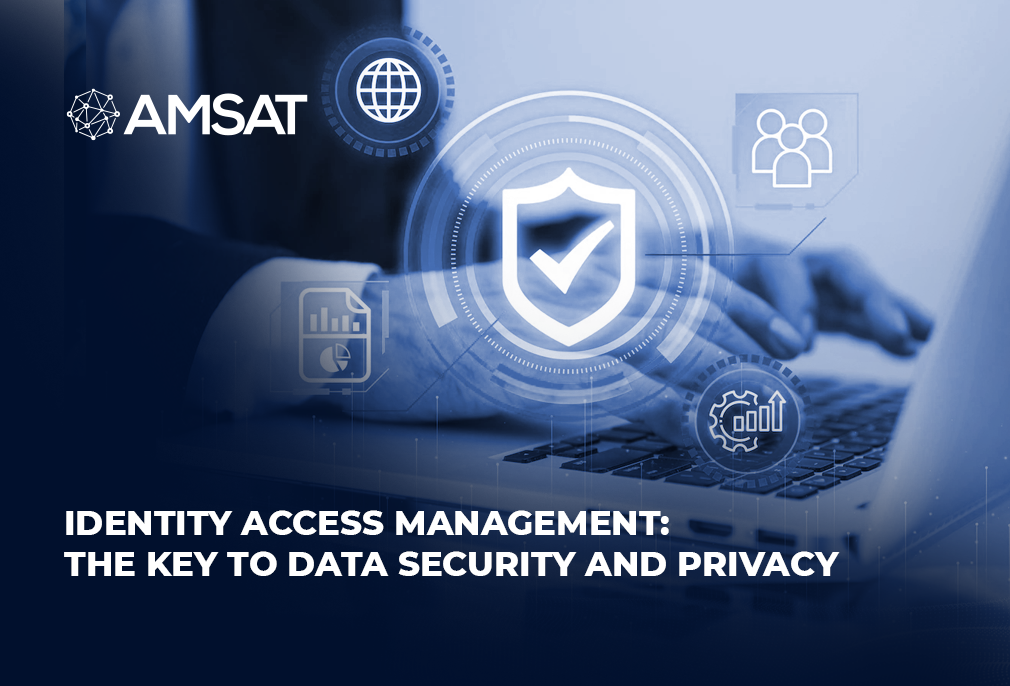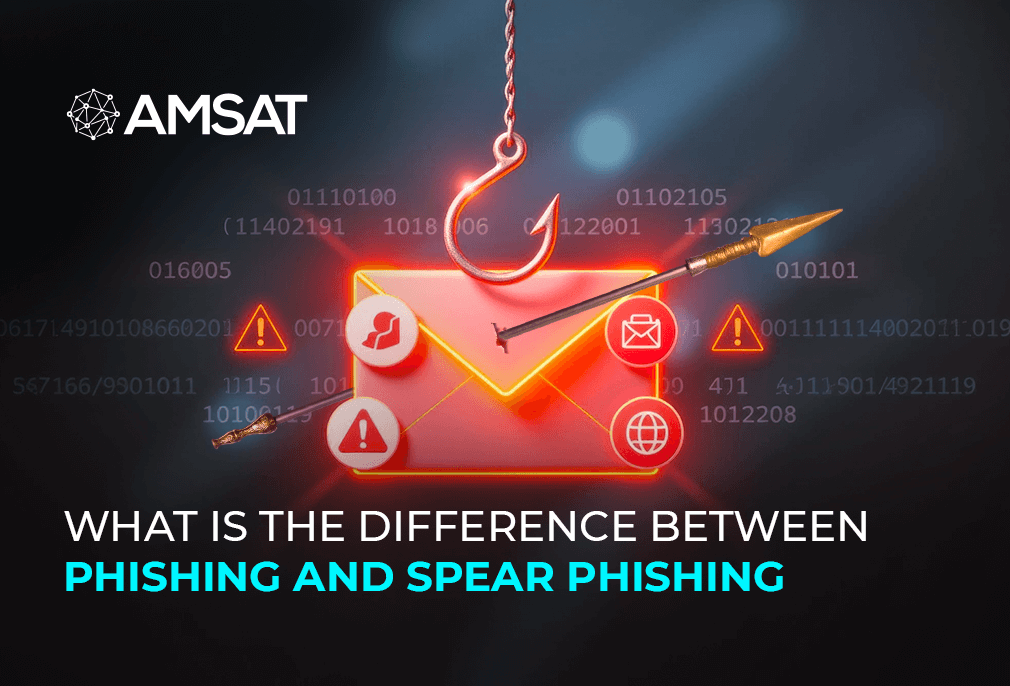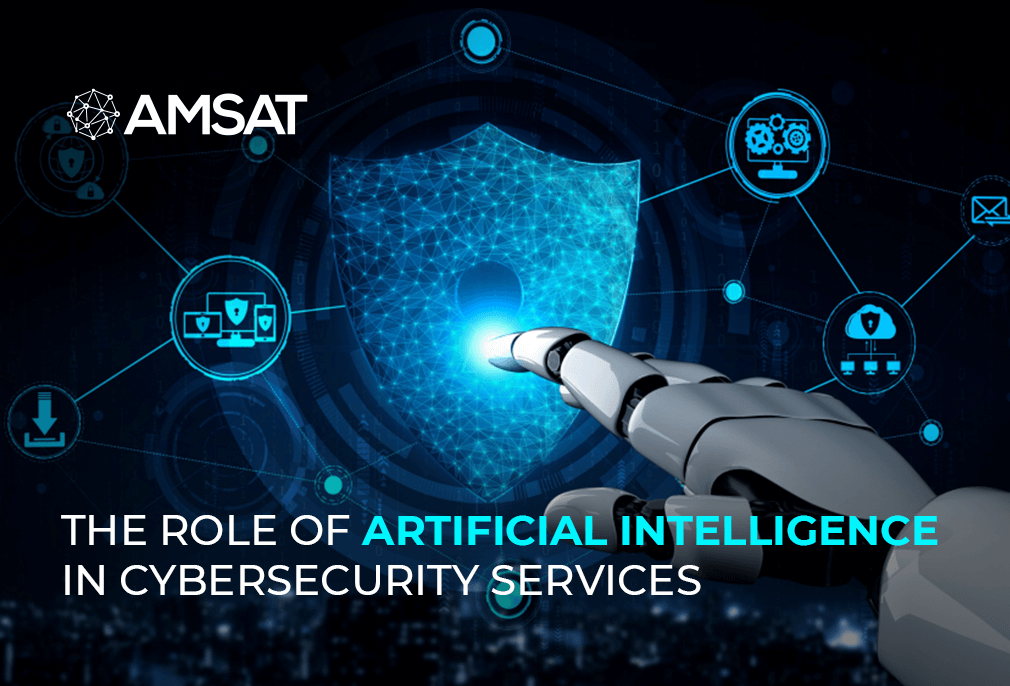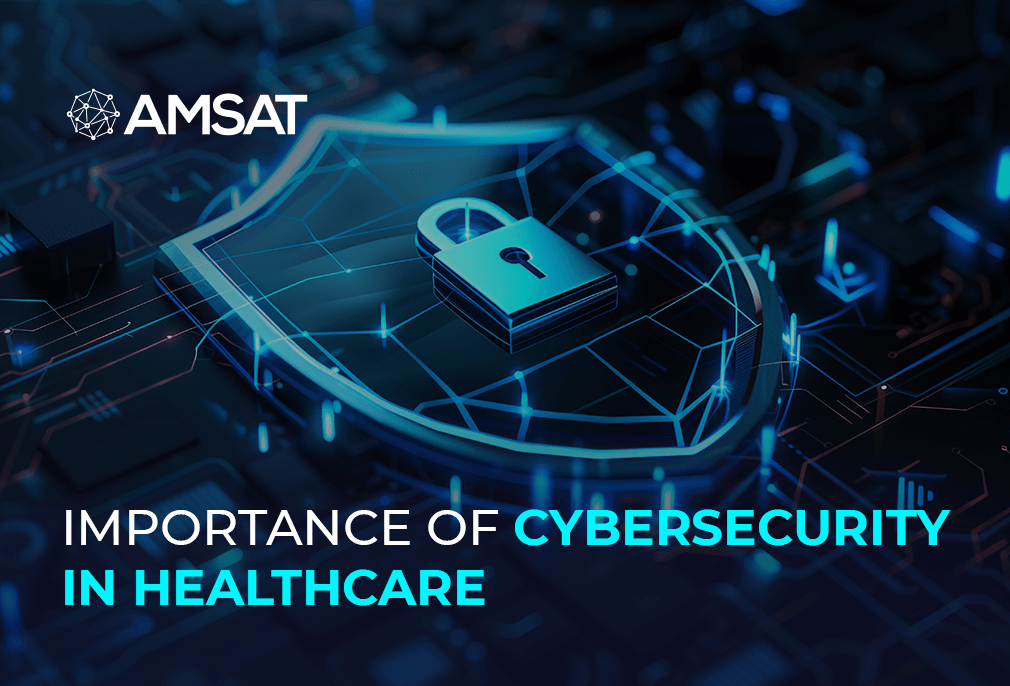Latest Blogs

By AMSAT June 19,2023
Identity Access Management: The Key to Data Security and Privacy
Introduction
As organizations deal with massive amounts of sensitive data in today’s digital world, protecting data privacy and security has become crucial. Identity Access Management (IAM) is recognized as a critical tool for protecting data by limiting access to resources. This blog aims to cover the fundamentals of Identity Access Management, its significance in data security, and the benefits it offers organizations and individuals.
1. Understanding Identity Access Management
The framework and procedures created to manage and regulate user identities and their access to digital resources within an organization are referred to as Identity Access Management. It includes a variety of techniques, such as user provisioning, authentication, authorization, and audit. The IAM seeks to address three rudimentary questions: “Who has access to what, and under what circumstances?”
IAM offers a centralized system to manage user identities, making sure that only persons with permission can access particular data and resources. It entails setting up user accounts, distributing responsibilities and permissions, and keeping an eye on user behavior. Organizations may gain fine-grained control over data access and lower the risk of unauthorized access and data breaches by putting in place a robust IAM framework.
2. The Importance of IAM in Data Security
Protection from Unauthorized Access: IAM assists organizations in limiting the access that unauthorized people have to sensitive information. Organizations can make sure that only authorized users can access the system by installing strong authentication systems like multi-factor authentication (MFA). As a result, the danger of data breaches is greatly decreased, and the entire security posture is strengthened.
Compliance and Regulatory Requirements: Specific laws governing data privacy and protection apply to many different businesses. IAM solutions make it easier to comply with these rules by imposing access limits, keeping track of audit trails, and supplying relevant paperwork. This helps businesses avoid legal repercussions and win over customers’ trust.
User lifecycle Management: From onboarding to offboarding, IAM provides effective user lifetime management. It ensures that workers have access privileges that are appropriate for their jobs and obligations. IAM systems provide prompt access privileges revocation when an employee leaves the company, reducing the risk of data leakage from inactive accounts.
Single Sign-On (SSO) Convenience: IAM systems frequently include Single Sign-On capabilities, enabling users to access numerous applications with a single set of credentials. By removing the need to remember multiple usernames and passwords and minimizing the threat of using weak passwords, SSO improves the user experience.
3. Benefits of IAM for Individuals and Organizations
Improved Data Security: IAM offers a strong security architecture, preventing unauthorized access to sensitive data. Customers, partners, and stakeholders become more trustworthy as a result, which improves the organization’s reputation and competitiveness.
Increased Operational Efficiency: IAM simplifies the processes for provisioning and deprovisioning users, cutting down on administrative work and assuring quick access control. Automated procedures facilitate quicker user onboarding, reducing delays and boosting output.
Reduced Password Fatigue: IAM systems frequently include password management functionality, enabling users to safely save and maintain their passwords. This reduces password fatigue. As a result, memorizing several complex passwords becomes easier, improving password hygiene and minimizing the possibility of security events involving passwords.
Personal Data Control: IAM empowers people to manage their personal data. Users have the capacity to access and control their data, ensuring transparency and enabling them to take advantage of their rights under data protection laws, such as the right to access or erase personal information.
4: Difference Between Identity Management and Access Management
Although they are intertwined, identity management and access management are two distinct professions with different responsibilities. The ability to log in and access the required information distinguishes between identification and access. Access management focuses on authorizing users, while identity management focuses on authenticating individuals. Businesses need to prioritize both disciplines to effectively control access to company information.
To control access to firm information, businesses must focus on both even if they are generally used as a single discipline.
5. Conclusion
In today’s digital environment, Identity Access Management is key to maintaining data security and privacy. Organizations can restrict and monitor user access by putting in place strong IAM frameworks, which reduces the risk of data breaches and helps them comply with regulations. IAM has advantages for both businesses and individuals, boosting security, increasing operational effectiveness, and giving users control over their personal data. As technology develops, it becomes increasingly important to invest in a comprehensive IAM strategy.
TAGS
- Identity Access Management
- Security Updates
Recent Blogs
Ready to Get Started?
Our specialists are ready to tailor our security service solutions to fit the needs of your organization.









